Hydroxyurea In Sickle Cell Disease
Hydroxyurea in sickle cell disease. With an increase in Hb F and reduction in hospitalizations and pain crises. Several studies have demonstrated the efficacy of hydroxyurea in ameliorating disease pathophysiology. Pain crises Episodes of acute chest syndrome Blood transfusions Hospital stays Hydroxyurea can also prevent or slow down damage to your organs.
Hydroxyurea has an established role as a safe and effective treatment for SCD. Introduction of hydroxyurea. 70 Hydroxyurea increases total and fetal hemoglobin in children with SCD.
Strong evidence supports the efficacy of hydroxyurea in adults to decrease severe painful episodes. It was first tested in sickle cell disease in 1984. However the mechanisms underlying such beneficial effects of HU treatment are still not fully understood.
However a lack of consensus on optimal dosing and the need for ongoing toxicity. Unfortunately hydroxyurea requires daily dosing and. It was first tested in sickle cell disease in 1984.
Hydroxyurea is very safe when given by medical specialists experienced in caring for patients with sickle cell disease. Hydroxyurea is an effective treatment for sickle cell anemia but few studies have been conducted in sub-Saharan Africa where the burden is greatest. It usually decreases the rate of painful episodes by 50.
Weakness or loss of appetite. Hydroxyurea for the treatment of sickle cell disease HU is efficacious in children and adults with SCD. Hydroxyurea is an important major advance in the treatment of sickle cell disease.
The primary side-effect of hydroxyurea is suppression of blood counts particularly the white blood cells neutropenia and platelets thrombocytopenia. Patients with sickle cell disease treated with hydroxyurea had a mean age of 254 years whereas patients with sickle cell disease not treated with hydroxyurea had a mean age of 176 years.
It raises the level of HbF and the haemoglobin level.
Hydroxyurea is an important major advance in the treatment of sickle cell disease. It usually decreases the rate of painful episodes by 50. Pain crises Episodes of acute chest syndrome Blood transfusions Hospital stays Hydroxyurea can also prevent or slow down damage to your organs. Hydroxyurea is very safe when given by medical specialists experienced in caring for patients with sickle cell disease. Unfortunately hydroxyurea requires daily dosing and. The mean dose of hydroxyurea used by the patients was 128mgkgday for a mean period of 44 months. Strong evidence supports the efficacy of hydroxyurea in adults to decrease severe painful episodes. Decreased sickle red blood cell adhesion to laminin by hydroxyurea is associated with inhibition of LuBCAM protein phosphorylation. People with sickle cell disease who take hydroxyurea have fewer.
Patients with sickle cell disease treated with hydroxyurea had a mean age of 254 years whereas patients with sickle cell disease not treated with hydroxyurea had a mean age of 176 years. The primary side-effect of hydroxyurea is suppression of blood counts particularly the white blood cells neutropenia and platelets thrombocytopenia. Hydroxyurea is a chemotherapy agent with potent effects on the bone marrow. It was first tested in sickle cell disease in 1984. It was first tested in sickle cell disease in 1984. Hydroxyurea has an established role as a safe and effective treatment for SCD. Hydroxyurea is very safe when given by medical specialists experienced in caring for patients with sickle cell disease.



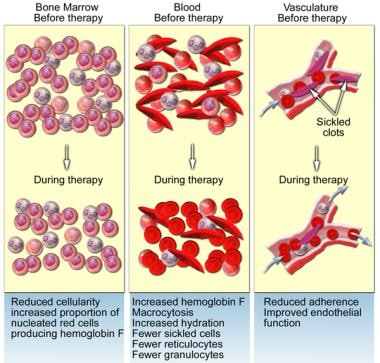

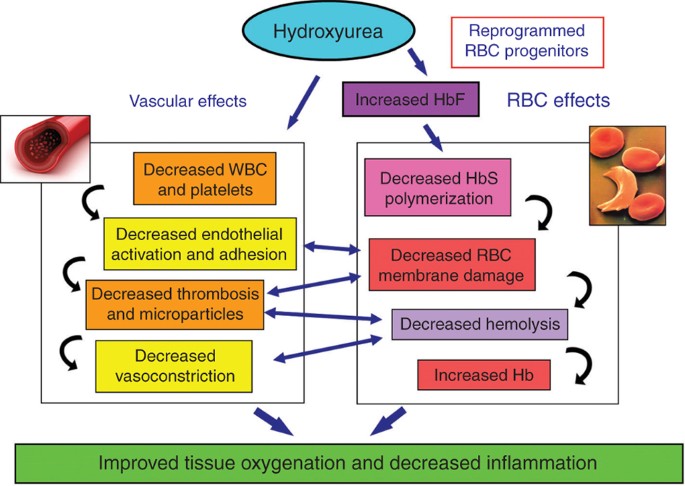



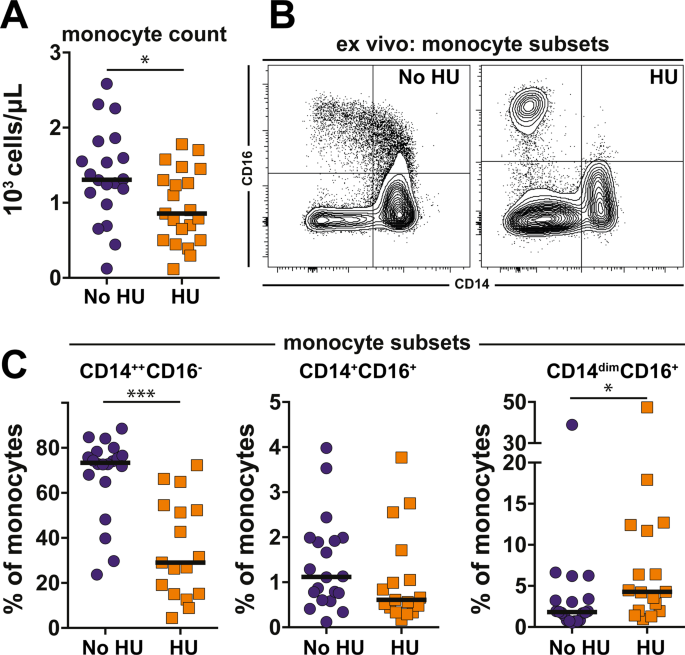
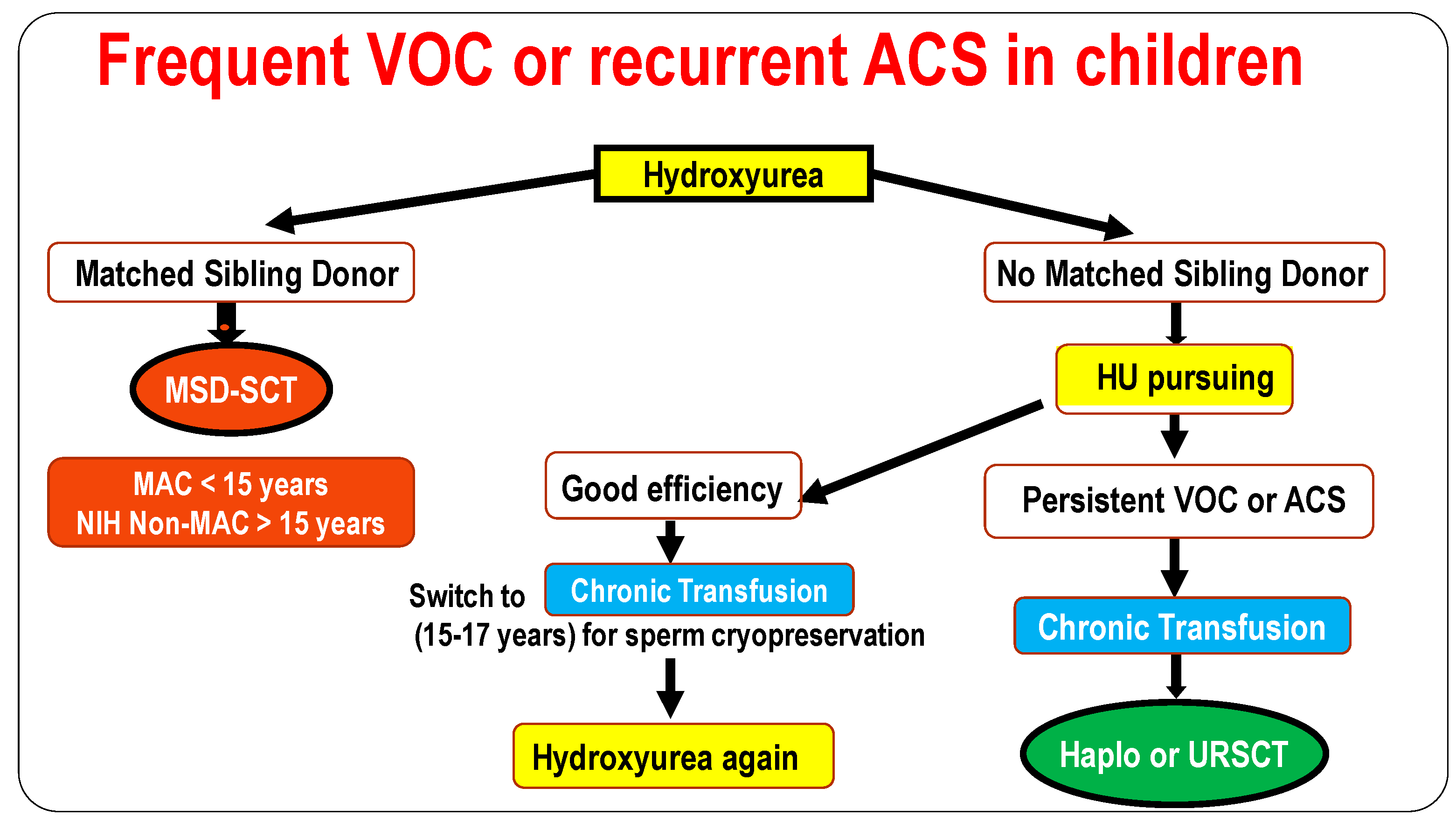




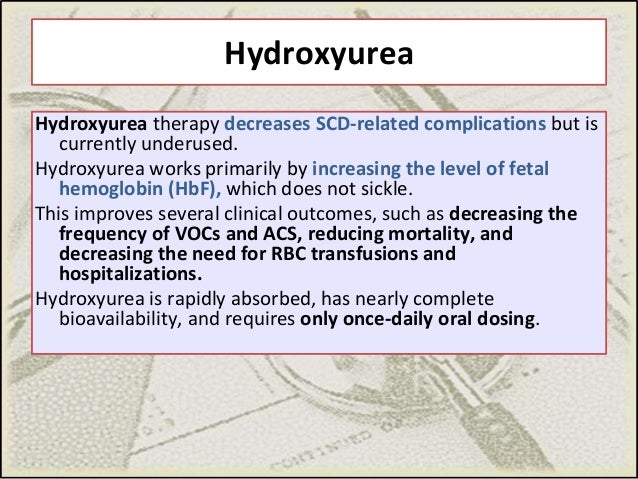
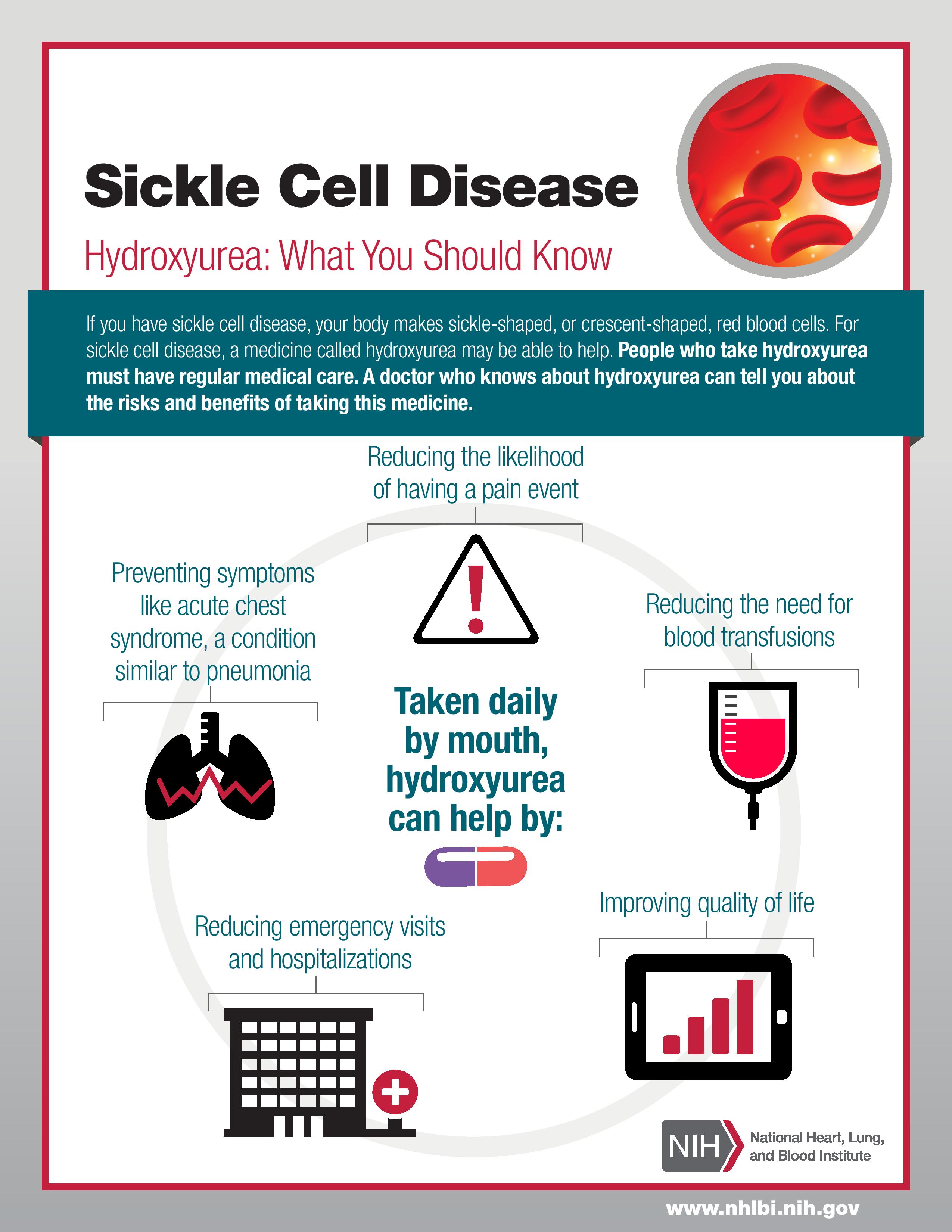



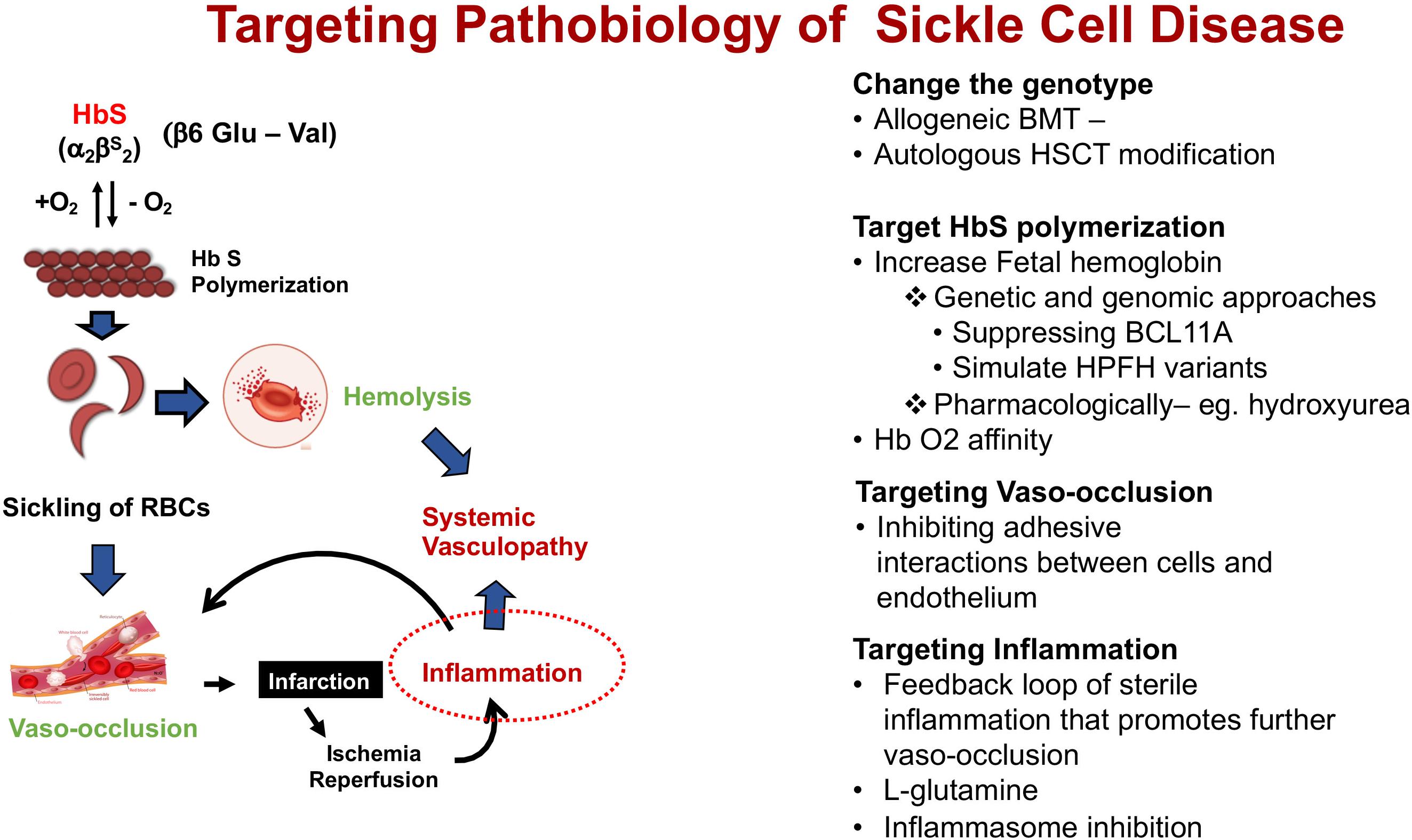









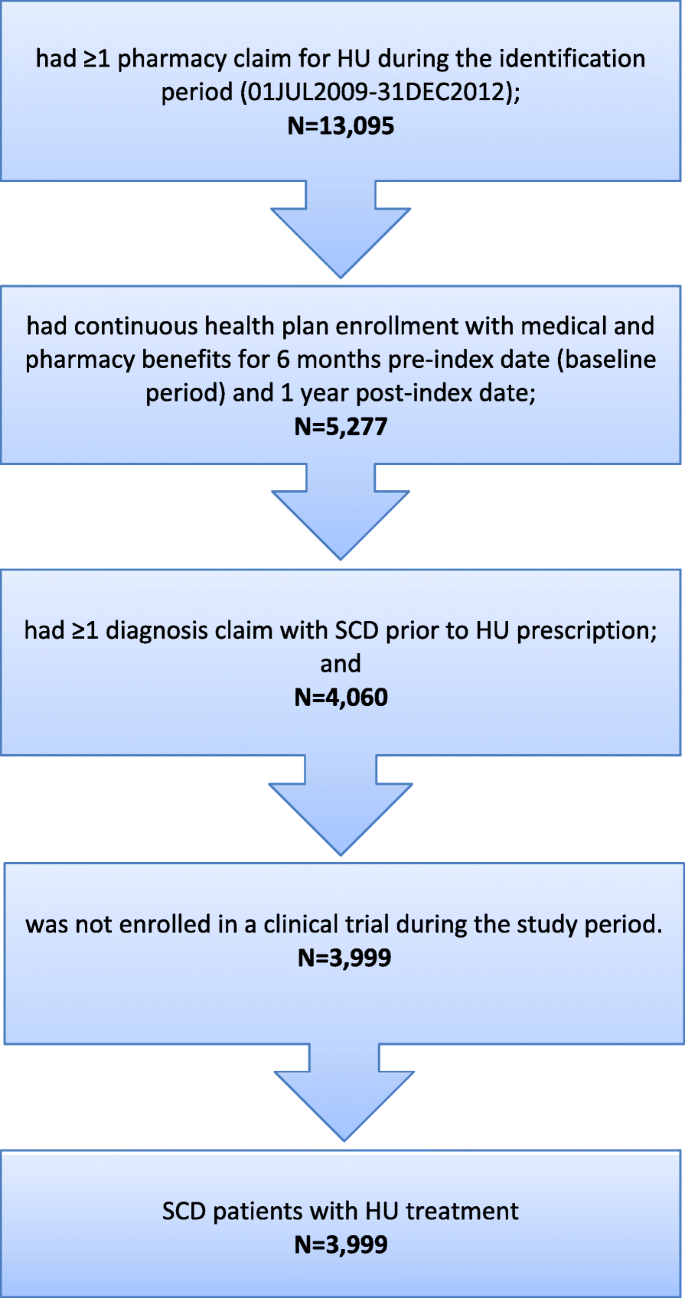



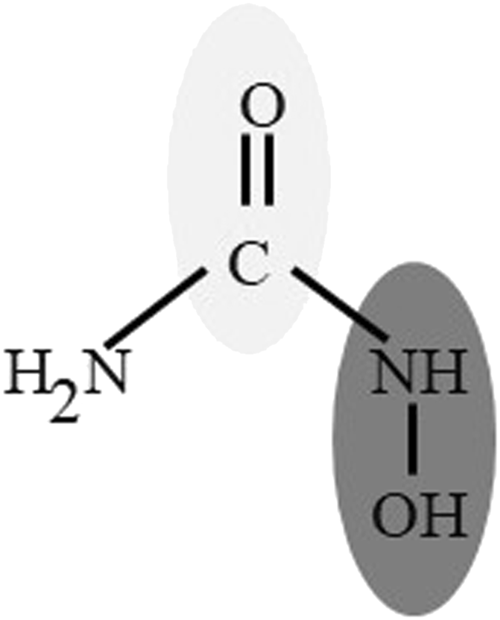

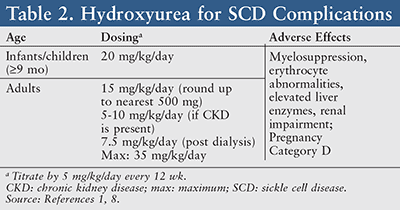
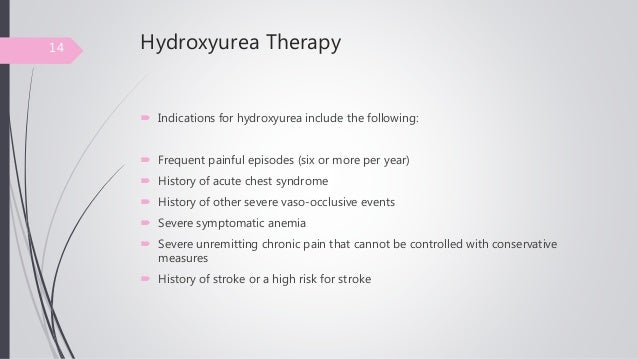

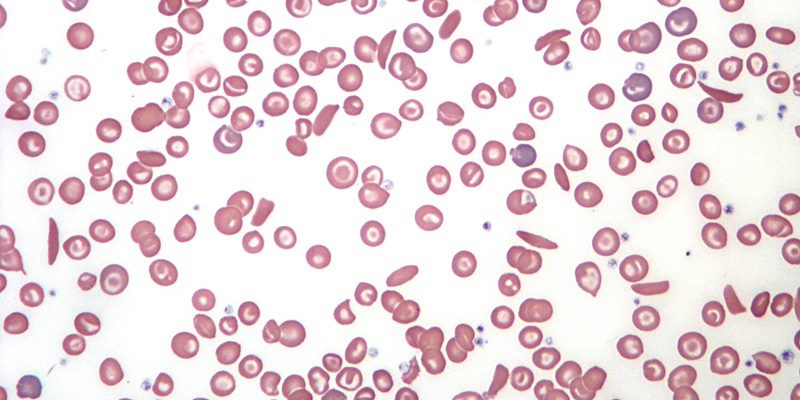
Post a Comment for "Hydroxyurea In Sickle Cell Disease"